Breadcrumb
Segmentation of choroidal neovascularization in fundus fluorescein angiograms
Choroidal neovascularization (CNV) is a common manifestation of age-related macular degeneration (AMD). It is characterized by the growth of abnormal blood vessels in the choroidal layer causing blurring and deterioration of the vision. In late stages, these abnormal vessels can rupture the retinal layers causing complete loss of vision at the affected regions. Determining the CNV size and type in fluorescein angiograms is required for proper treatment and prognosis of the disease. Computer-aided methods for CNV segmentation is needed not only to reduce the burden of manual segmentation but
Classification of cardiac magnetic resonance image type and orientation
Cardiac magnetic resonance imaging provides a number of different imaging acquisition types and views of different body cross sections and orientations. A huge amount of images are produced which demand an automatic method for classification based on the visual contents to facilitate diagnosis and searching operations. In this work, we propose a fully automated classification method for classifying cardiac MRI images according to image acquisition type and orientation. Local binary pattern is used to represent the texture differences among the different image types. Edge orientation histogram
Cardiac MRI view classification using autoencoder
The growing interest of using cardiac Magnetic Resonance Imaging (MRI) to assess the heart function and structure results in creating huge cardiac image databases. Due to the lack of standard meta-data description of the images, content-based classification of the cardiac images is essential to manage such databases. In particular, cardiac view classification is becoming an important stage for medical image analysis; efficient content-based retrieval as well as CAD systems. The major challenge in such classification lies in the large variability in image appearance caused by variation of
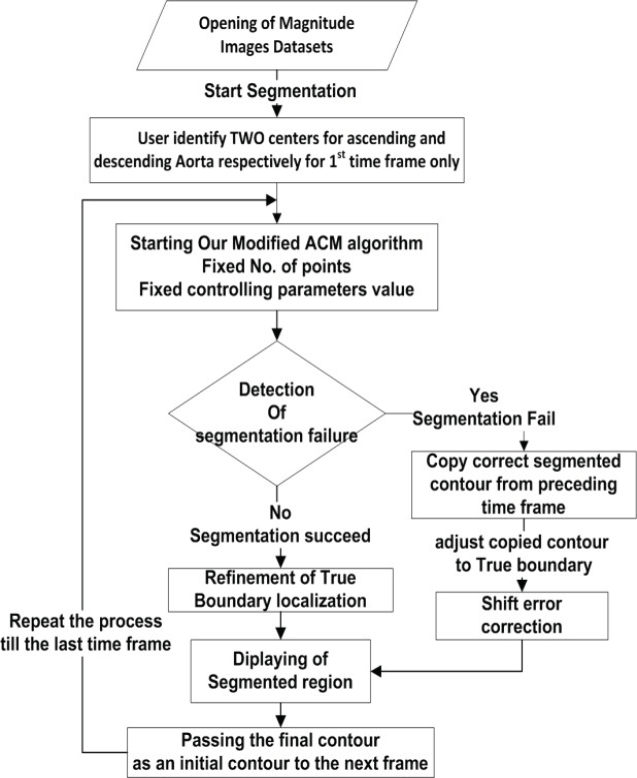
Segmentation of ascending and descending aorta from magnetic resonance flow images
In this work, we propose an algorithm for segmenting the ascending and descending aorta from magnetic resonance phase contrast images, also referred to as MR flow imaging. The proposed algorithm is based on the active contour model combined with some refinements. In addition, false segmentation results due to severe image artifacts are automatically detected and corrected. The developed algorithm features three practical advantages: (1) fast; (2) requires minimal user interaction; and (3) robust to the changes in the algorithm parameters (e.g. same parameter set is used for all datasets). The
Computer aided diagnosis system for classification of microcalcifications in digital mammograms
Breast cancer is the main cause of death for women between the ages of 35 to 55. Mammogram breast X-ray is considered the most reliable method in early detection of breast cancer. Microcalcifications are among the earliest signs of a breast carcinoma. Actually, as radiologists point out, microcalcifications can be the only mammographic sign of non-palpable breast disease which are often overseen in the mammogram. In this paper a method is proposed to develop a Computer-Aided Diagnostic system for classification of microcalcifications in digital mammograms, it splits into three-step process
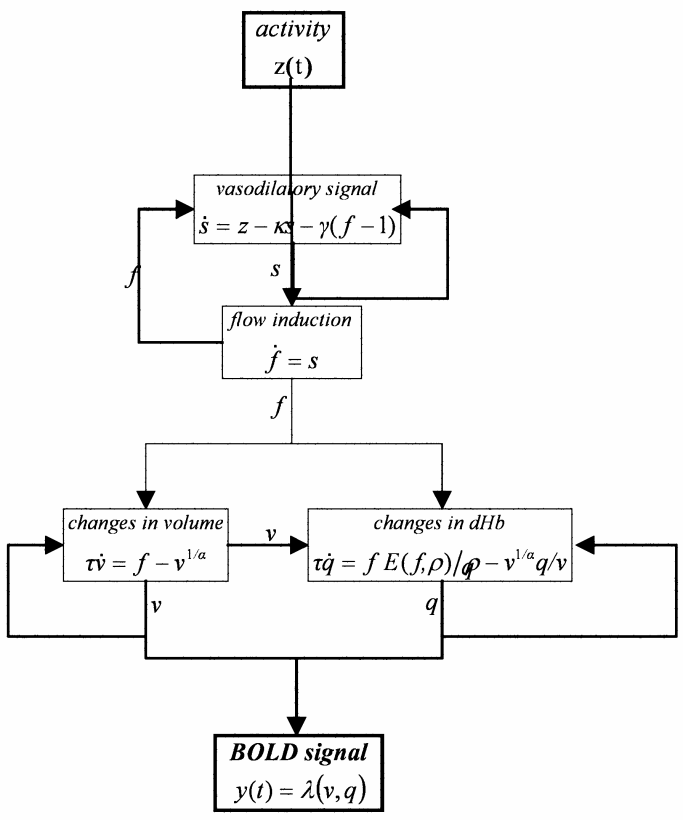
Modeling the interaction of brain regions based on functional magnetic resonance imaging time series
We propose a model that describes the interaction of several Brain Regions based on Functional Magnetic Resonance Imaging (FMRI) time series to make inferences about functional integration and segregation within the human brain. The method is demonstrated using dynamic causal modeling (OeM) using real data to show how such models are able to characterize interregional dependence. We extend estimating and reviewing designed model to characterize the interactions between regions. A further benefit is to estimate the effective connectivity between these regions. All designs, estimates, reviews
Different regions identification in composite strain-encoded (C-SENC) images using machine learning techniques
Different heart tissue identification is important for therapeutic decision-making in patients with myocardial infarction (MI), this provides physicians with a better clinical decision-making tool. Composite Strain Encoding (C-SENC) is an MRI acquisition technique that is used to acquire cardiac tissue viability and contractility images. It combines the use of blackblood delayed-enhancement (DE) imaging to identify the infracted (dead) tissue inside the heart muscle and the ability to image myocardial deformation from the strain-encoding (SENC) imaging technique. In this work, various machine
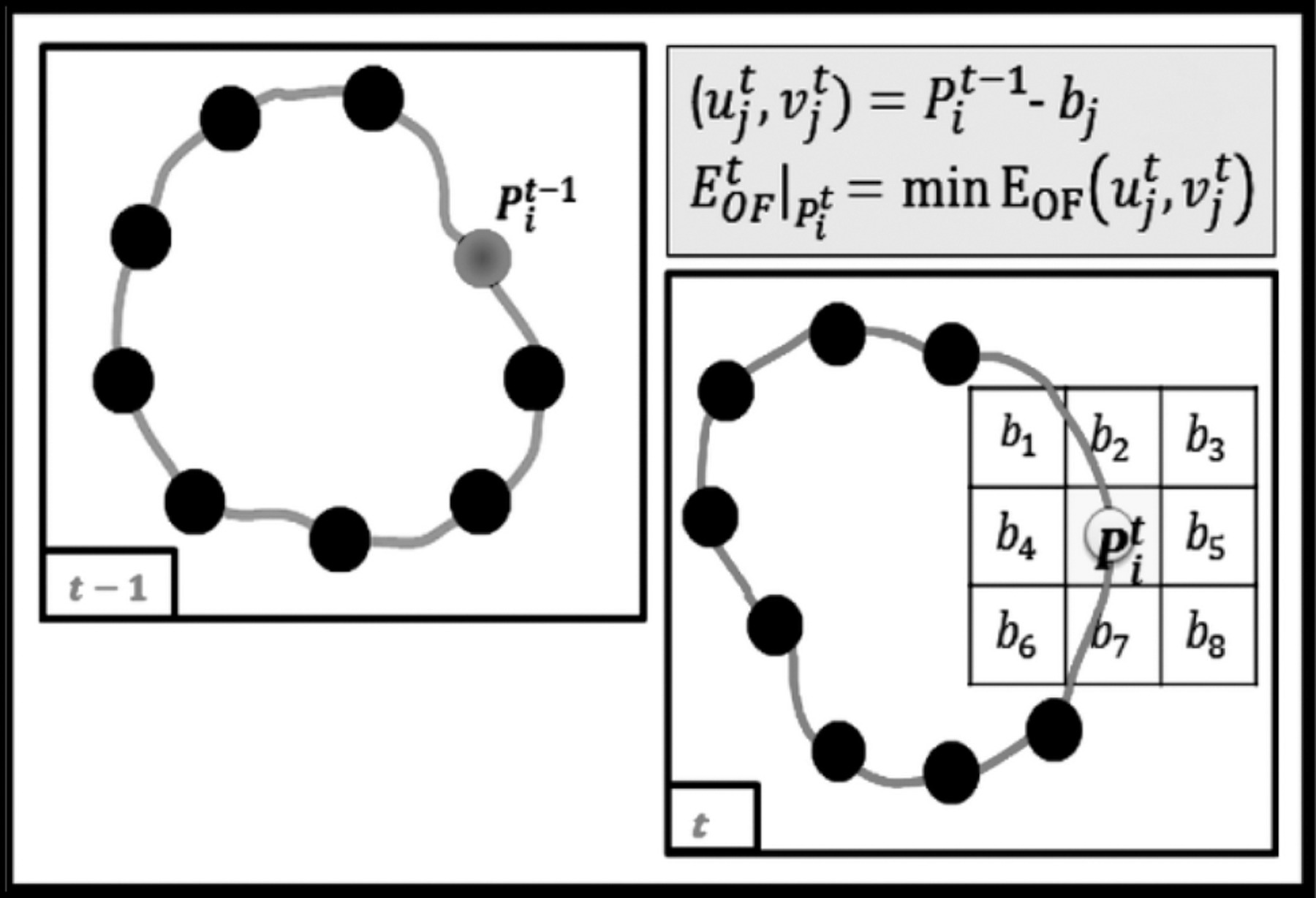
Greedy framework for optical flow tracking of myocardium contours
Optical flow (OF) tracking of the myocardium contours has a potential in segmenting the myocardium in time sequences of cardiac medical images. Nevertheless, to estimate the displacement field of the contour points, a number of assumptions are required to solve an under-determined set of optical flow equations. In this work, a new framework is proposed to solve the OF tracking problem using greedy optimisation algorithm. The new framework allows different types of constraints such as motion invariance, shape and topology to be applied in a unified way. The developed methods are applied to a
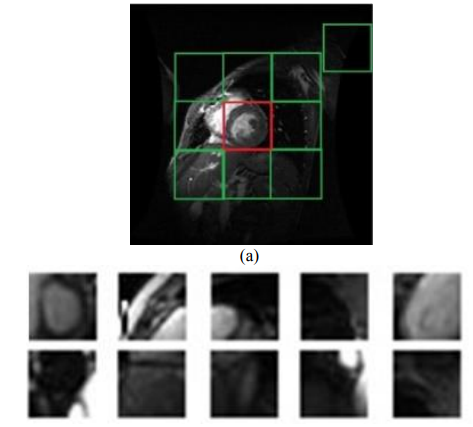
Automatic localization of the left ventricle in cardiac MRI images using deep learning
Automatic localization of the left ventricle (LV) in cardiac MRI images is an essential step for automatic segmentation, functional analysis, and content based retrieval of cardiac images. In this paper, we introduce a new approach based on deep Convolutional Neural Network (CNN) to localize the LV in cardiac MRI in short axis views. A six-layer CNN with different kernel sizes was employed for feature extraction, followed by Softmax fully connected layer for classification. The pyramids of scales analysis was introduced in order to take account of the different sizes of the heart. A publically
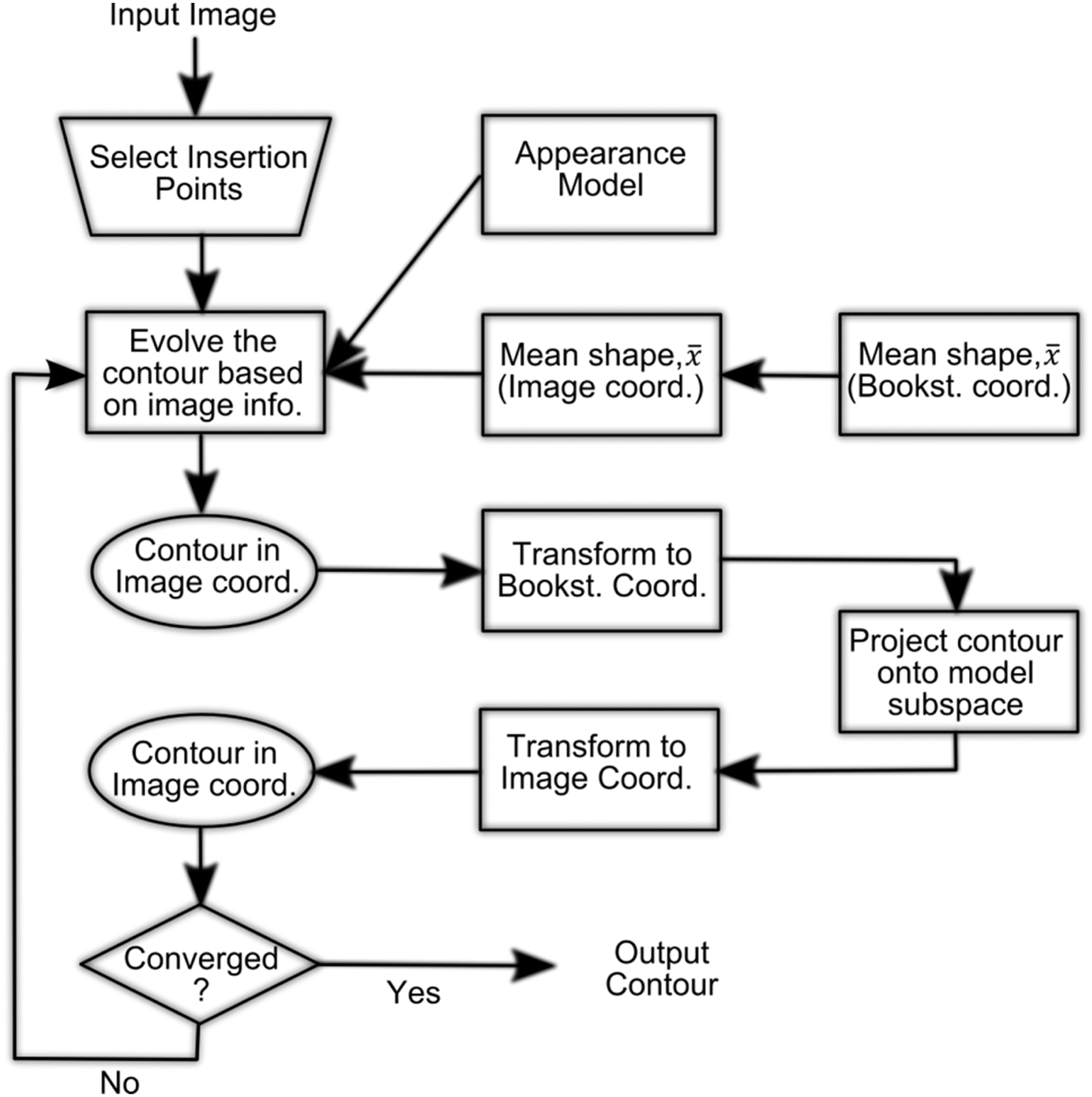
Segmentation of the right ventricle in MRI images using a dual active shape model
Active shape models (ASM) showed to have potential for segmenting the right ventricle (RV) in cardiac magnetic resonance images (MRIs). Nevertheless, the large variability and complexity of the RV shape do not allow for concisely capturing all possible shape variations among patients and anatomical cross-sections. Noticeably, the latter increases the number of iterations required to converge to a proper solution and reduces the segmentation accuracy. In this study, the authors propose a new ASM framework that can model the RV shape in short-axis cardiac MRI images. In this framework, the RV
Pagination
- Previous page ‹‹
- Page 23
- Next page ››
